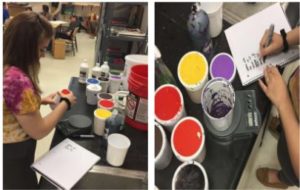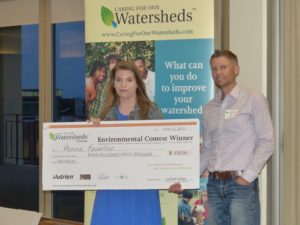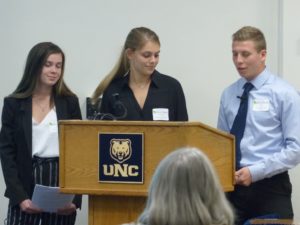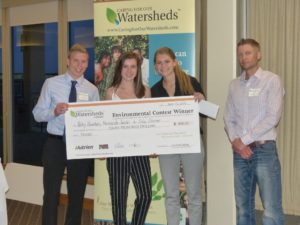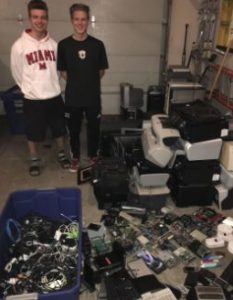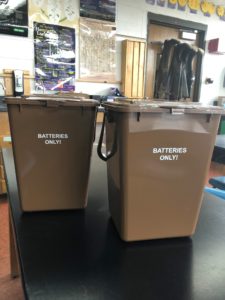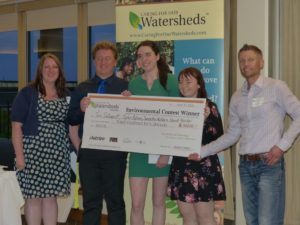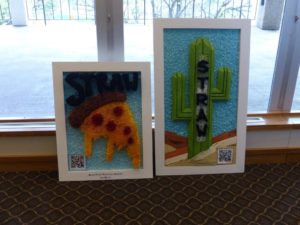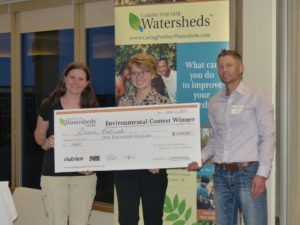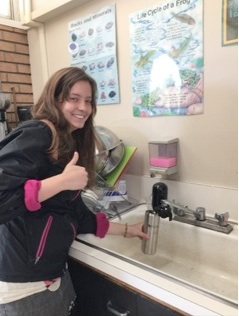2018, CINCINNATI, OH, UNITED STATES
Every event today is seemingly paired with a commemorative t-shirt. This causes a problem for the watershed because for each new t-shirt made, humongous amounts of water are used. Also, these commemorative t-shirts are often just thrown away when they could be used further. To combat these two problems, Lauren and Jenice set up a collection at their school to collect these t-shirt that to others seemed to be at the end of their lives. Then, the two along with volunteers created scarves out of the t-shirts that were too worn to donate. This way the scarves could be used again.
The first step of the project was the collection of the t-shirts. Lauren and Jenice utilized the class competition system at their school in order to create excitement for their project. Each grade was given a designated bin to put their t-shirts. The grade that collected the most t-got points in the overall school competition. The collection went on for two weeks from March 19 to March 29. Every couple of days, the t-shirts were counted, and the number was relied to the students in order to keep up the competitive spirit. In the end, the collection managed to bring in a whopping 511 t-shirts to be turned into scarves or donated.
Next came the process of making the scarves. First, all of the t-shirts were washed and dried to make sure they were clean. Then the t-shirts were sorted, with the t-shirts too worn to be donated going towards making scarves. Lauren and Jenice then set up a day to get volunteers to help cut and braid all of the t-shirts into scarves. The design of the scarves were four strand braids, long enough to be wrapped around twice and thick enough to act as an effective scarf. With an army of volunteers, Lauren and Jenice were able to turn many worn and torn t-shirts into lovely scarves to donate. Lastly, all of the scarves and t-shirts were donated to Valley Interfaith Community Resource Center while the t-shirt parts that were not part of the scarves were donated to Matthew 25 Ministries.
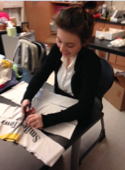
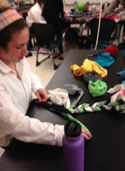
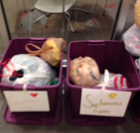
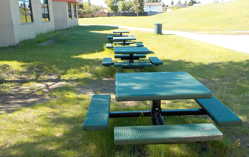

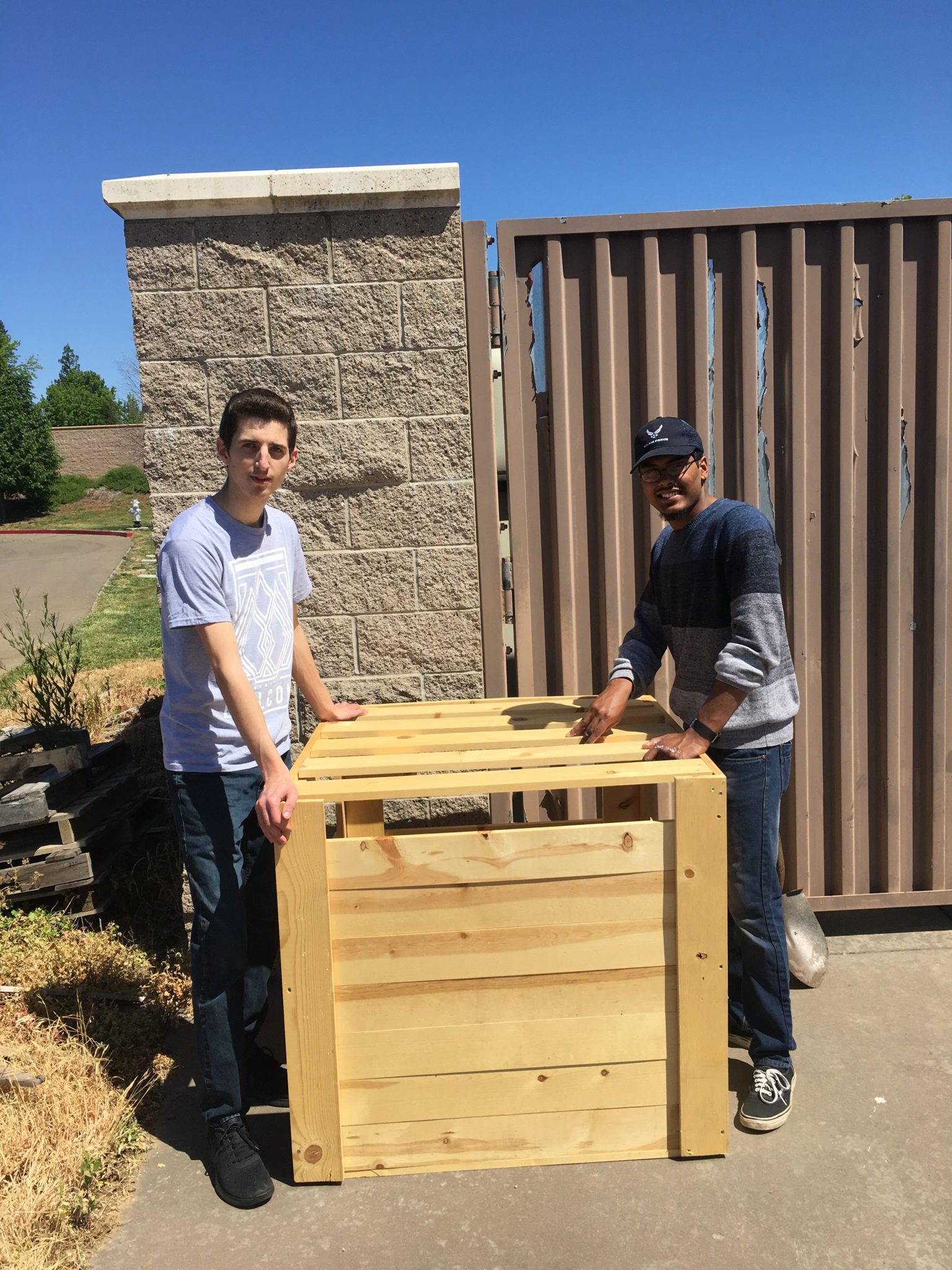
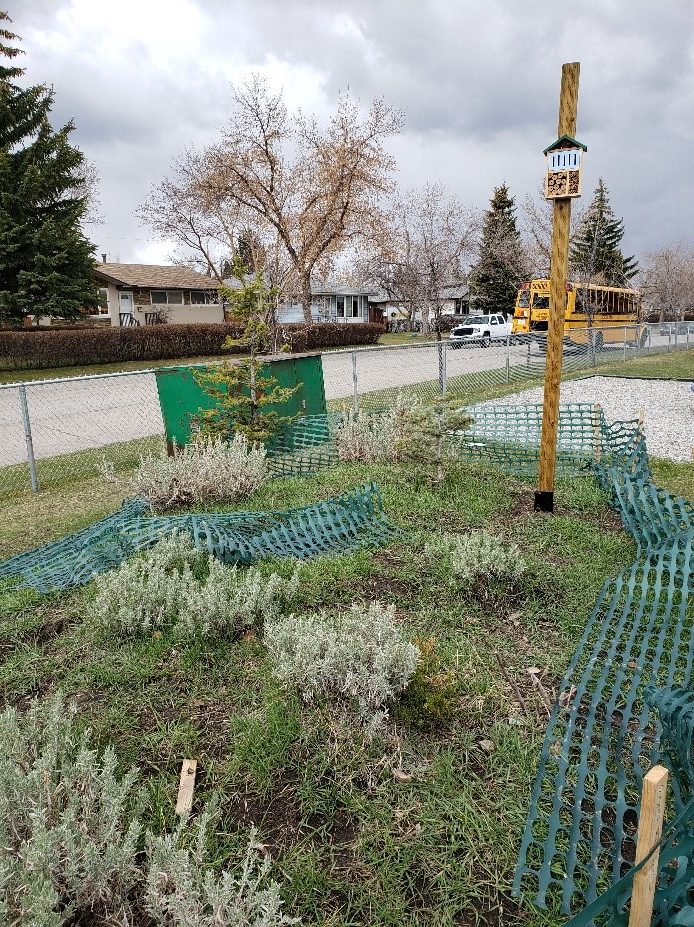
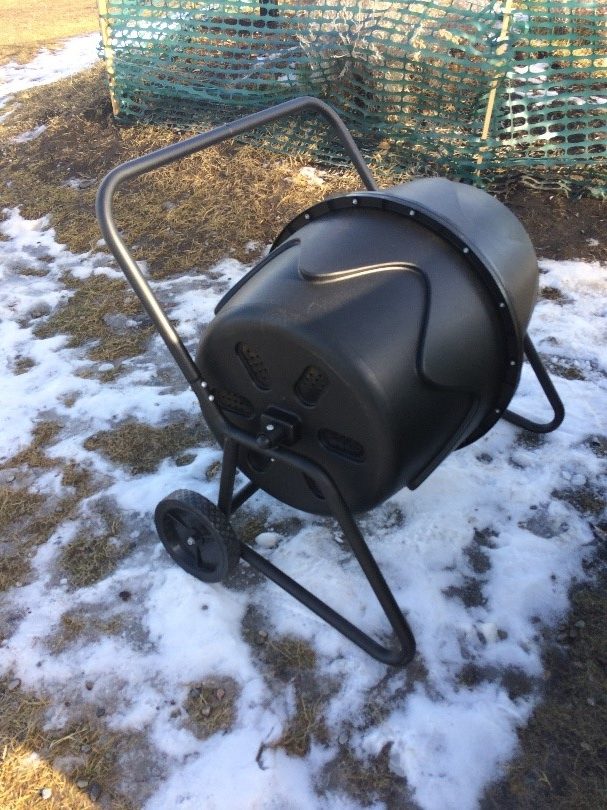 waste, provide nutrients for the soil in their gardens, and educate students and members of his community on the positive role composting plays in the environment and in our watershed. Cole also aimed to improve the mental health of students and teachers in his school by encouraging not only the use of their composter, but also the use of their outdoor classroom and garden space.
waste, provide nutrients for the soil in their gardens, and educate students and members of his community on the positive role composting plays in the environment and in our watershed. Cole also aimed to improve the mental health of students and teachers in his school by encouraging not only the use of their composter, but also the use of their outdoor classroom and garden space.